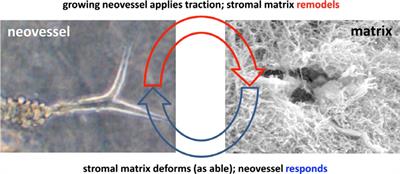BRIEF RESEARCH REPORT
Published on 31 Aug 2020
Viscoelastic Properties of ECM-Rich Embryonic Microenvironments

- 1,814 views
- 3 citations
22k
Total Downloads
105k
Total Views and Downloads
Select the journal/section where you want your idea to be submitted:
BRIEF RESEARCH REPORT
Published on 31 Aug 2020

EDITORIAL
Published on 21 Aug 2020
REVIEW
Published on 13 Dec 2019

ORIGINAL RESEARCH
Published on 16 Oct 2019

ORIGINAL RESEARCH
Published on 18 Sep 2019

REVIEW
Published on 22 Aug 2019

REVIEW
Published on 19 Jul 2019

REVIEW
Published on 07 May 2019

REVIEW
Published on 26 Apr 2019

REVIEW
Published on 12 Apr 2019

ORIGINAL RESEARCH
Published on 28 Mar 2019

REVIEW
Published on 15 Mar 2019


Frontiers in Applied Mathematics and Statistics
Biological Modeling and SimulationOffline
Frontiers in Bioengineering and Biotechnology
Frontiers in Materials
BiomaterialsOffline
Frontiers in Molecular Biosciences
BiomaterialsOffline
BiophysicsOffline
Frontiers in Physics
Frontiers in Physiology